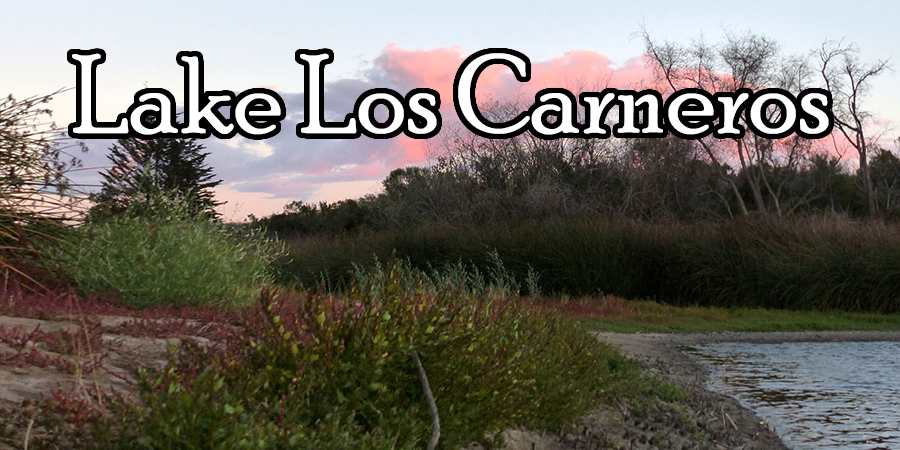
[Home/History]
[Water Levels]
[The Dam] [Fishing]
[Birding]
[Wildlife]
[Photo Album]
[Lake Map]
Eutrophication and Fish Kills
There are many factors that can lead to fish kills. At Lake Los Carneros they are primarily due to low oxygen levels caused by an algal bloom usually following periods of below average rainfall and falling water levels. Lake Los Carneros is eutrophic which basically means it receives nutrients from urban run-off that can lead to increased algae growth. Like other plants, algae grows through photosynthesis using sunlight and carbon dioxide and produces oxygen. But at night or in low light conditions, algae reverses this process and consumes oxygen to continue growing1. In addition, cooling weather, longer nights, fog and overcrowding will cause the algae to die. Bacteria that live in low-oxygen environments feed on the dying algae and in turn release hydrogen sulfide... which is the cause of the familiar "rotten egg" smell associated with the fish kills. This process is called eutrophication.
In addition to algal blooms, drought and overpopulation can increase the chance of a fish kill. Falling water levels concentrate the organisms that live in the lake which then have to compete for less space and oxygen. In the Spring, when the quality of the water is good due to recent rainfall (low pH levels) duckweed (Lemnoideae) will start to grow2. If there is enough new fresh water in the lake it will continue to grow through the Summer.
Duckweed is known as a water purifier of untapped value and could be an important part of the solution to keeping the lake healthy during low rain periods. It functions as a biomediator by effectively filtering contaminants such as bacteria, nitrogen, phosphates, and other nutrients. Duckweed plays role in conservation of water because a cover of duckweed will reduce evaporation of water when compared to the rate of a similarly sized water body with a clear surface. Duckweed helps prevent the development of algae and controls the breeding of mosquitoes. It also provides the perfect conditions for one of the most enjoyable ways to catch bass... Frog Fishing.
California Bulrush (or "tule reeds") provide shade to the shallow areas during the hot Summer months which can also help slow algae and pondweed growth.
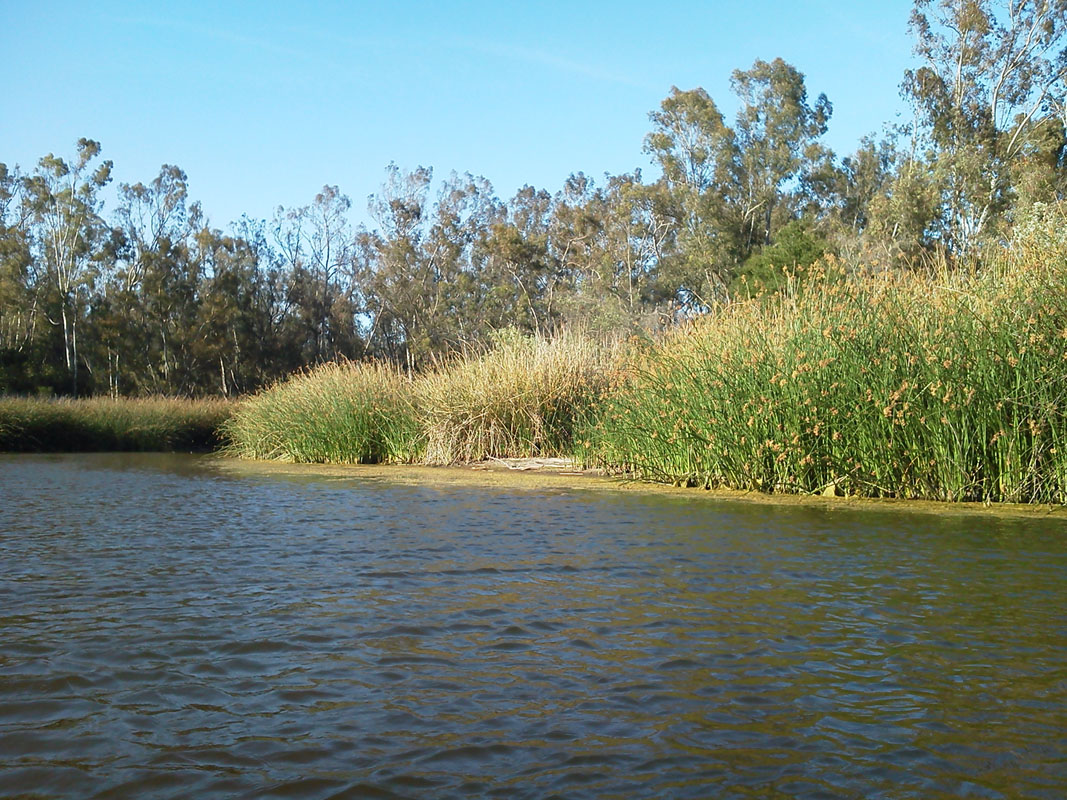
May 12, 2014
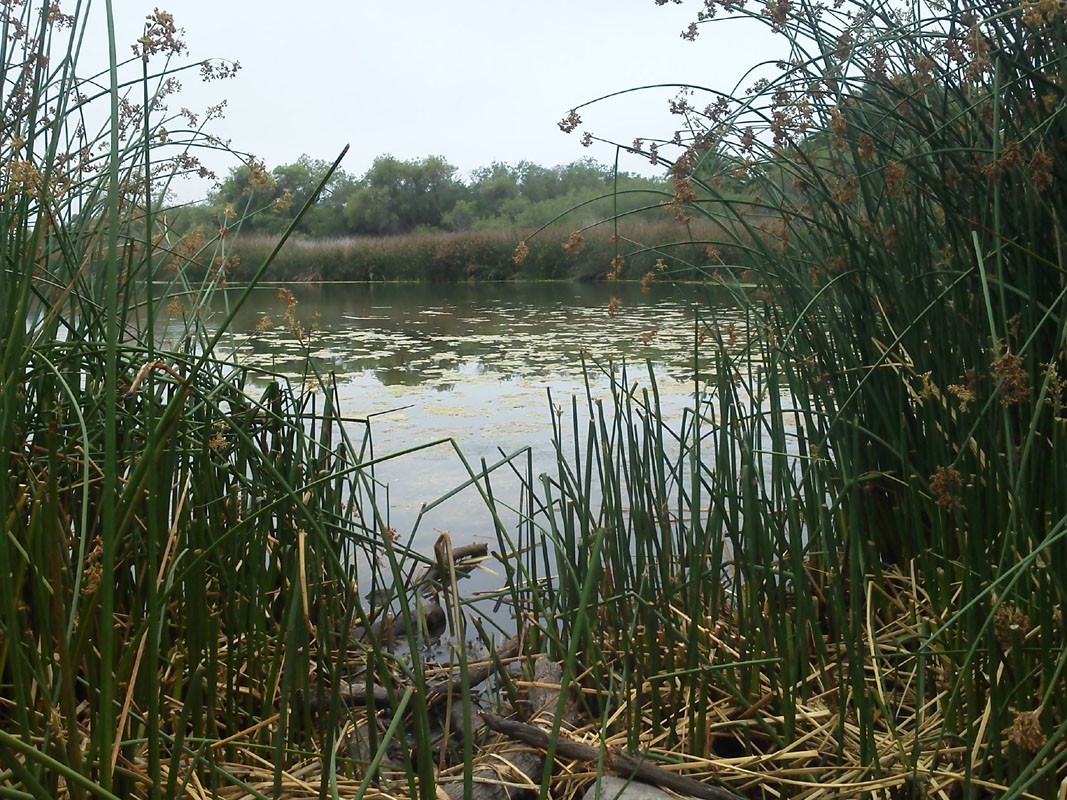
May 27, 2014
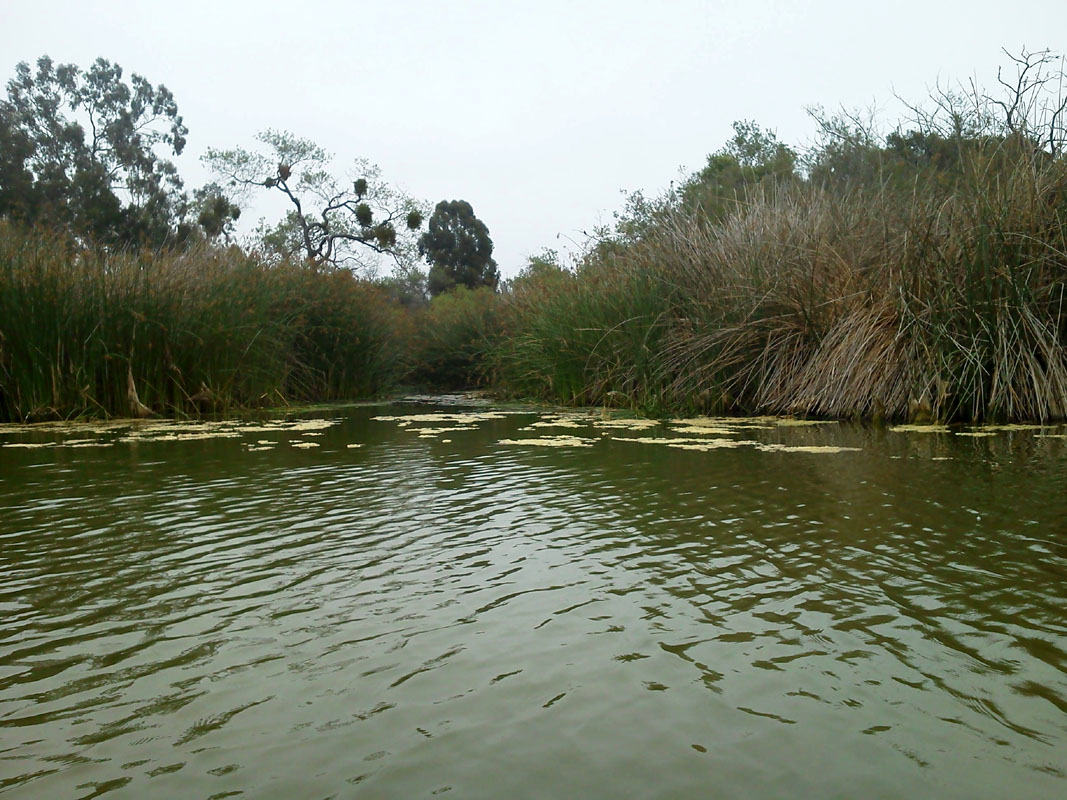
Jun 7, 2014
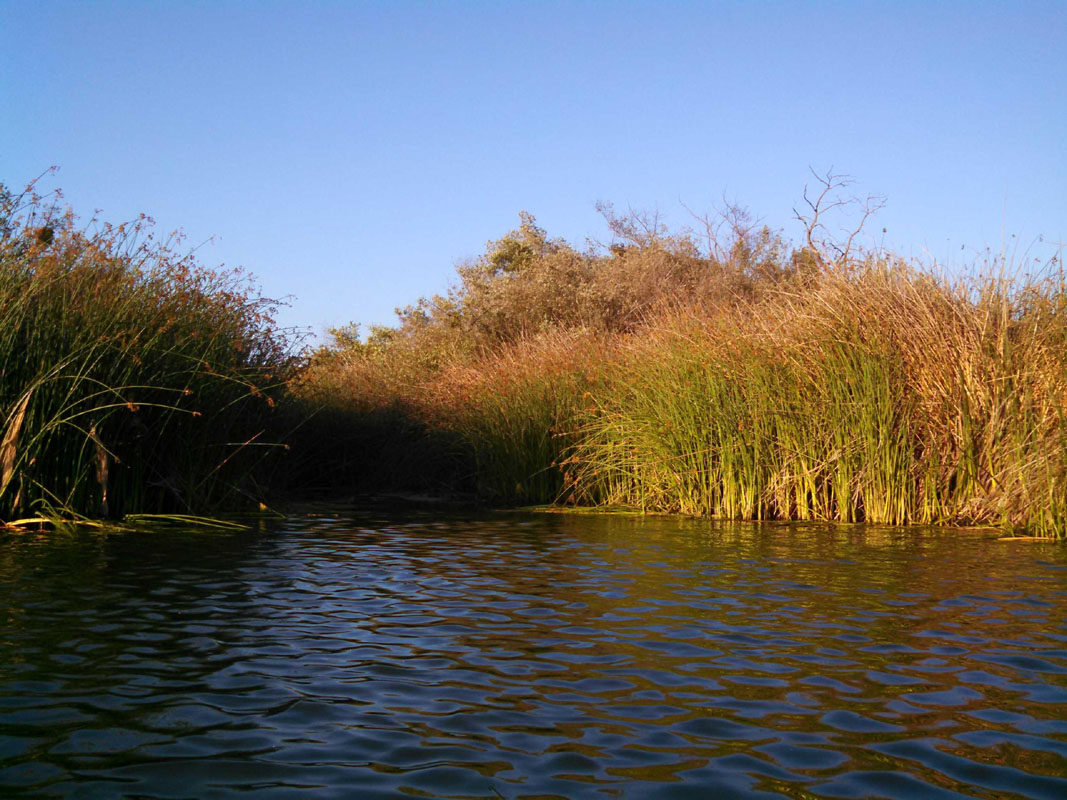
Jun 11, 2014
The photos above were taken about a month before and leading up to the June 13, 2014 fish kill. The first picture (May 12, 2014) shows thick mats of filamentous algae starting to grow in most of the shallow areas of the lake due to a recent heat wave. The second picture, taken a couple weeks later, shows the algae mats starting to break up due to cooler temperatures and Goleta's famous "June Gloom" fog. The third picture, taken a week and a half later, shows the algae as it continues to break up. And finally, the fourth picture, taken at the same place on the lake, shows the surface algae almost completely gone. A fish kill started two days later.
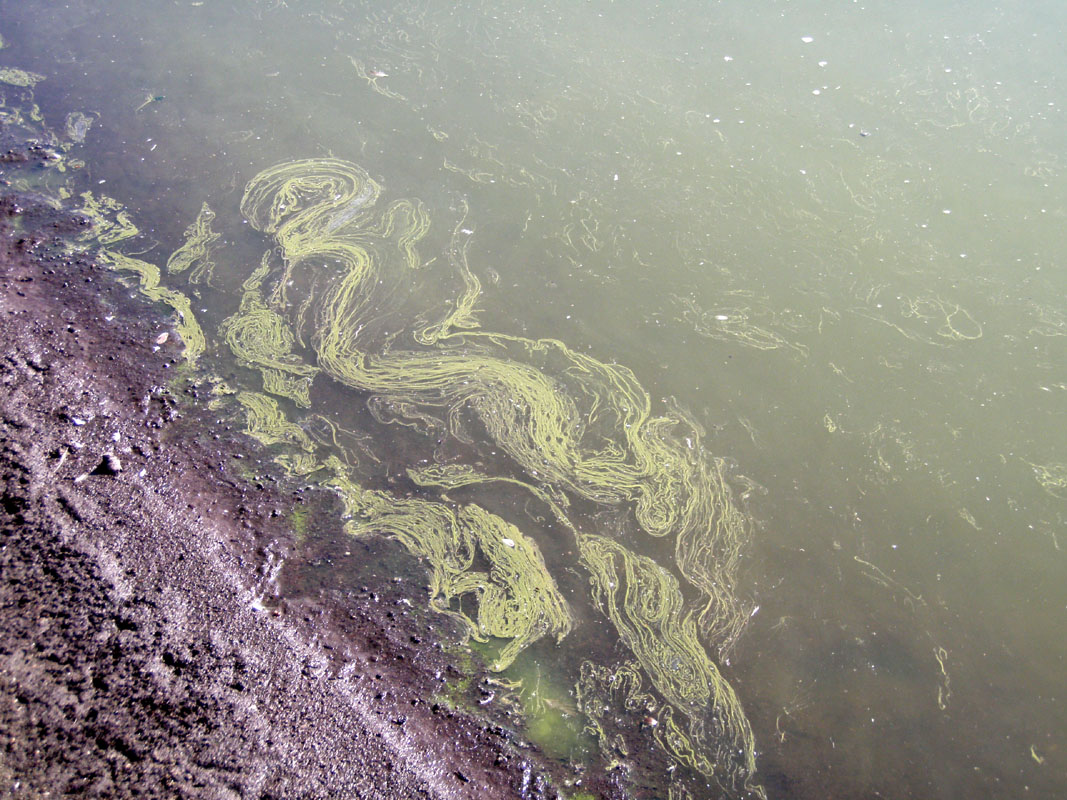
Jul 31, 2014
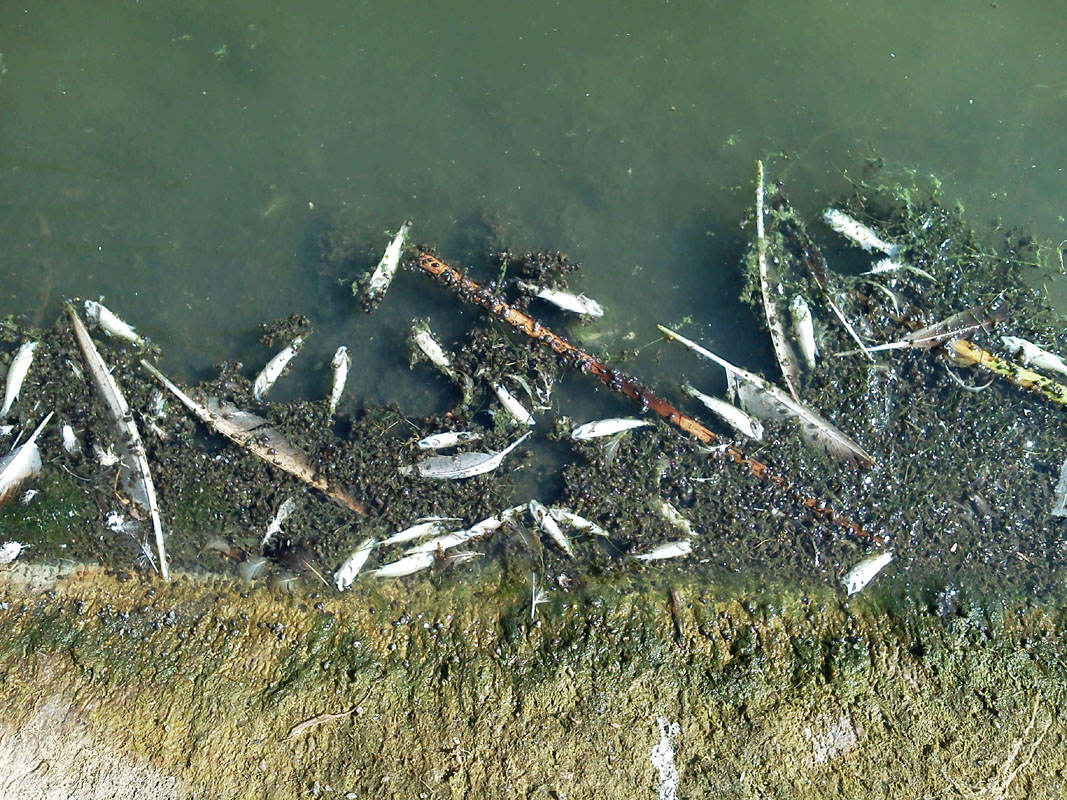
Jun 14, 2014
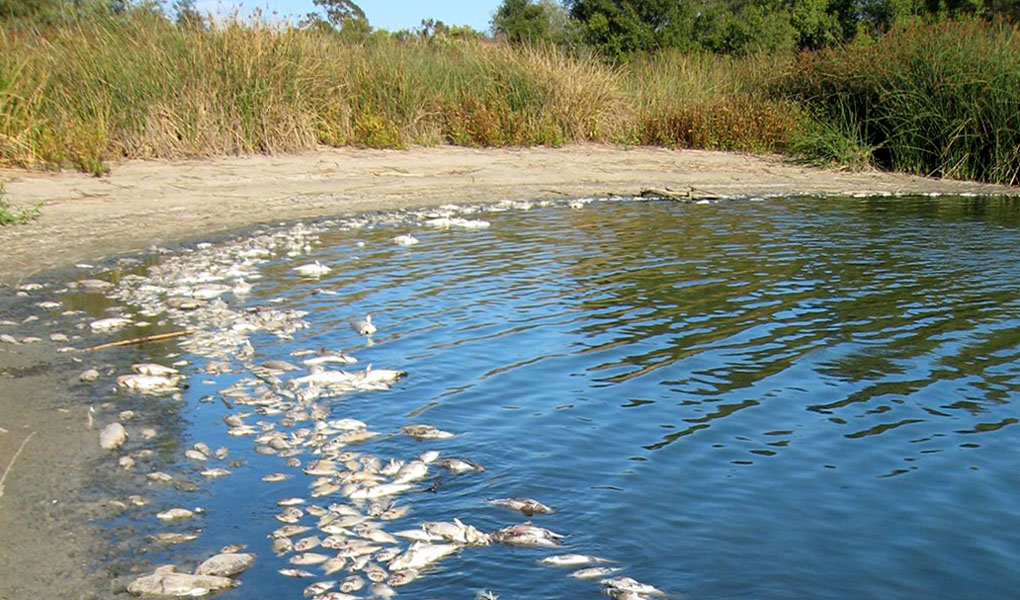
Sep 23, 2007
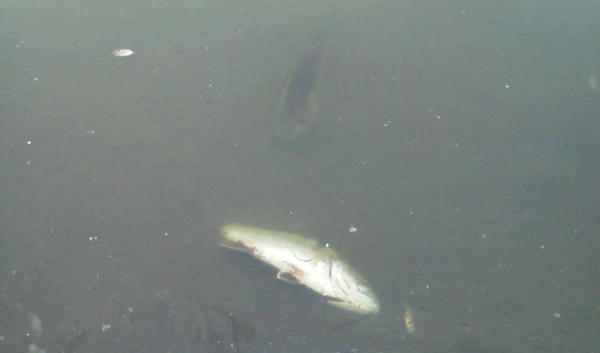
Jul 11, 2014
Unlike the typical late Summer/early Fall Fish Kills that tend to last less than a few days and the condition of the water recovers quite quickly, the fish kill that started on June 13th was the first of five distinct fish kills (July 11th, July 20th, August 4th and August 26th) I witnessed and the condition of the water remained poor all Summer long as the water level dropped lower than it had in been in over 20 years.

Jun 14, 2014
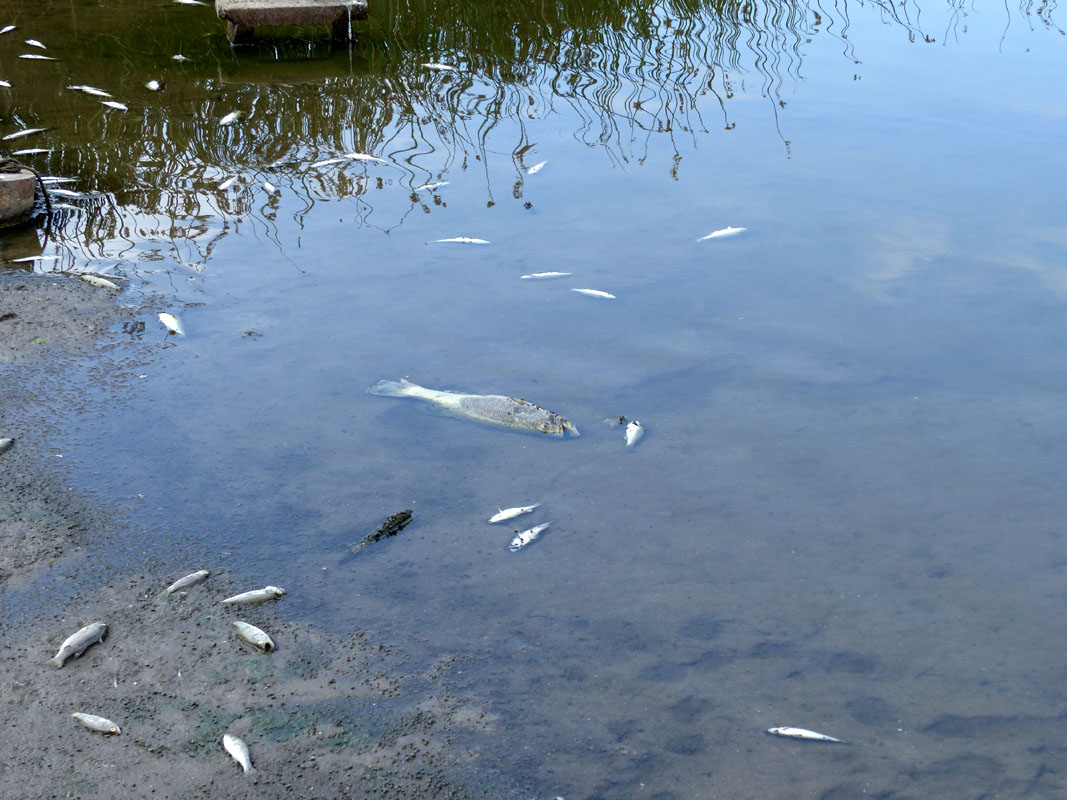
Sep 3, 2015
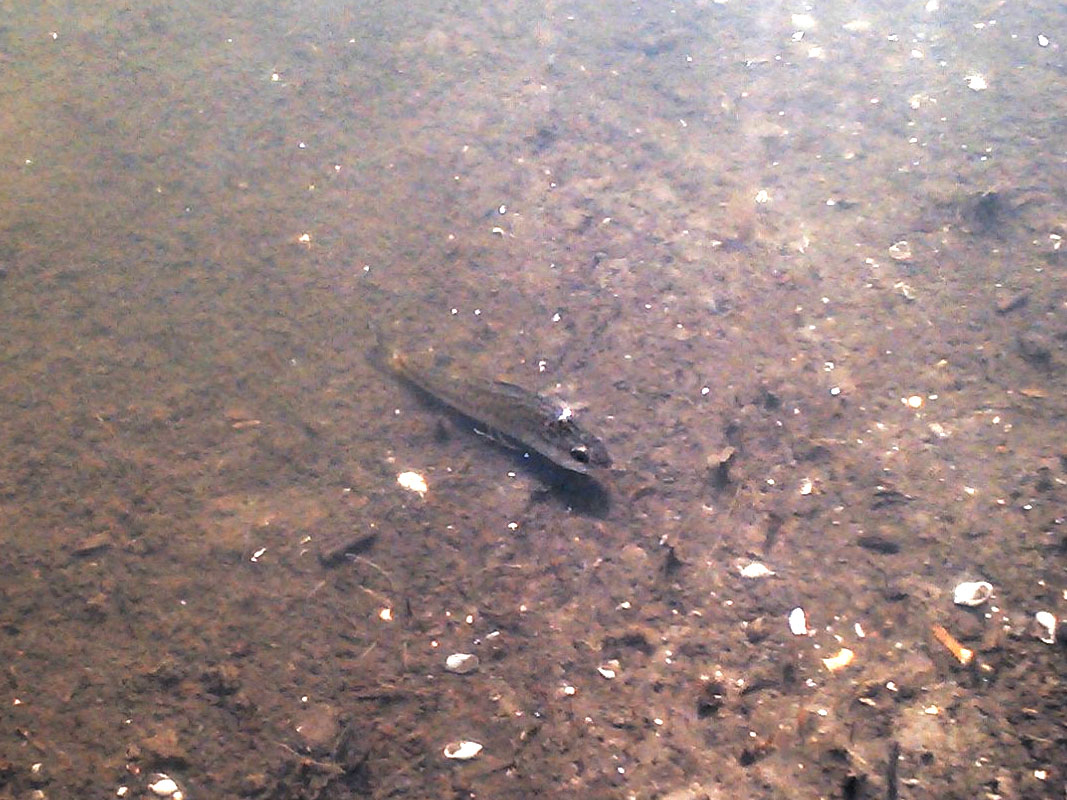
Aug 4, 2014
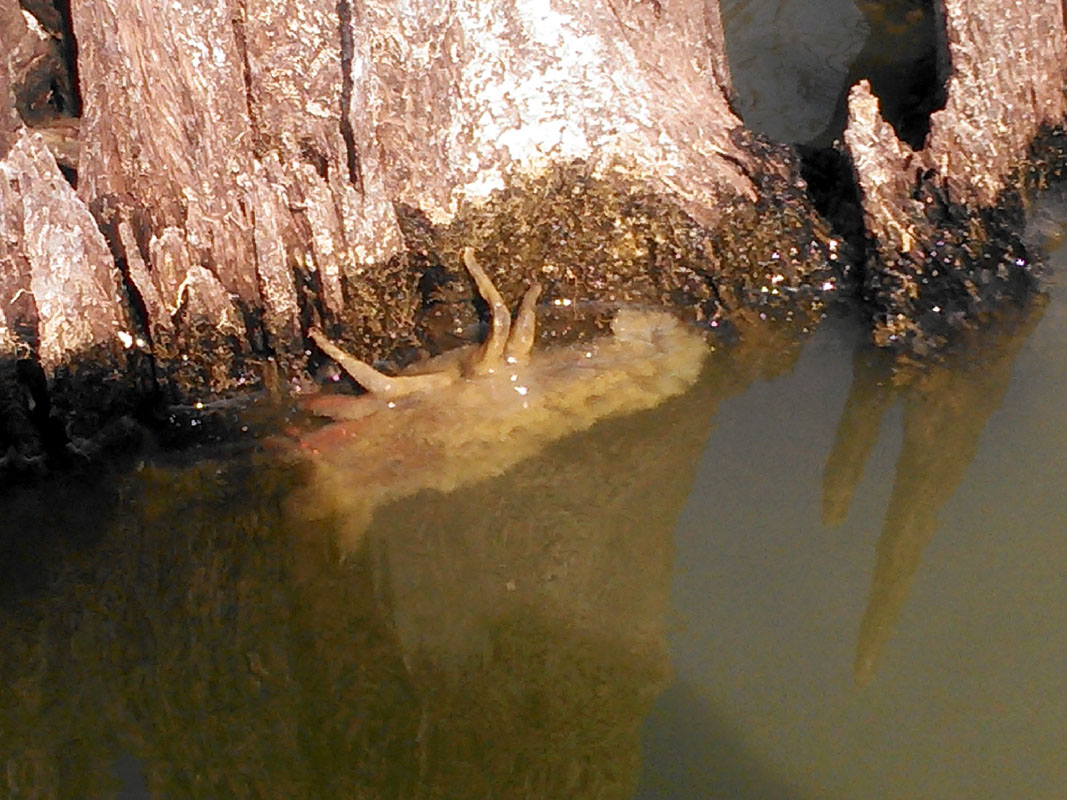
Aug 1, 2014
Click on the following links for more information: Fish Kill - Algal Bloom - Hypoxia (environmental) - Hypoxia (fish) - Eutrophication - Anoxic Waters - Duckweed
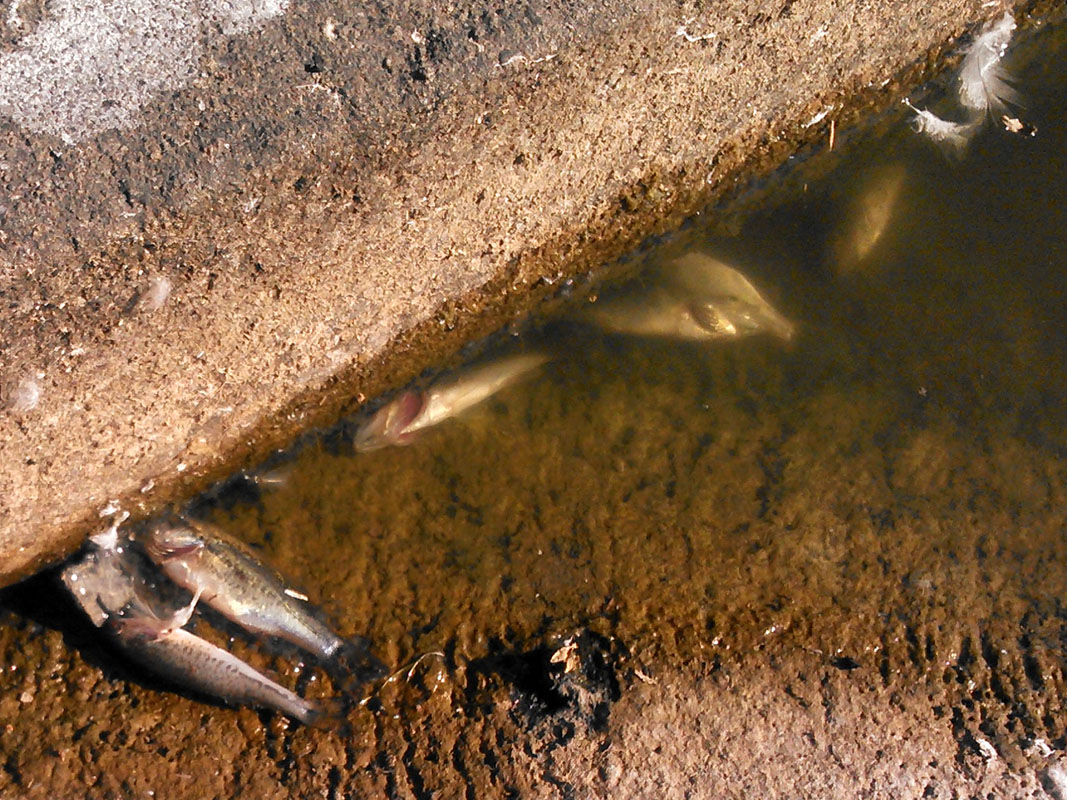
Aug 4, 2014
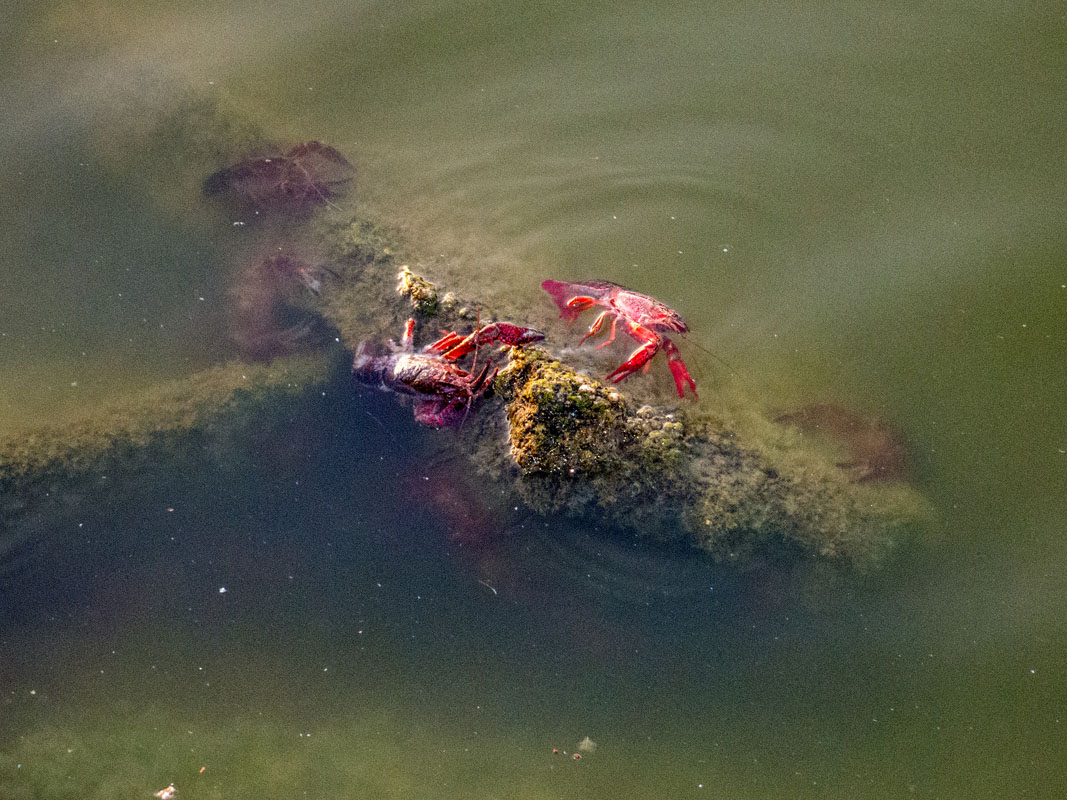
Jul 17, 2014
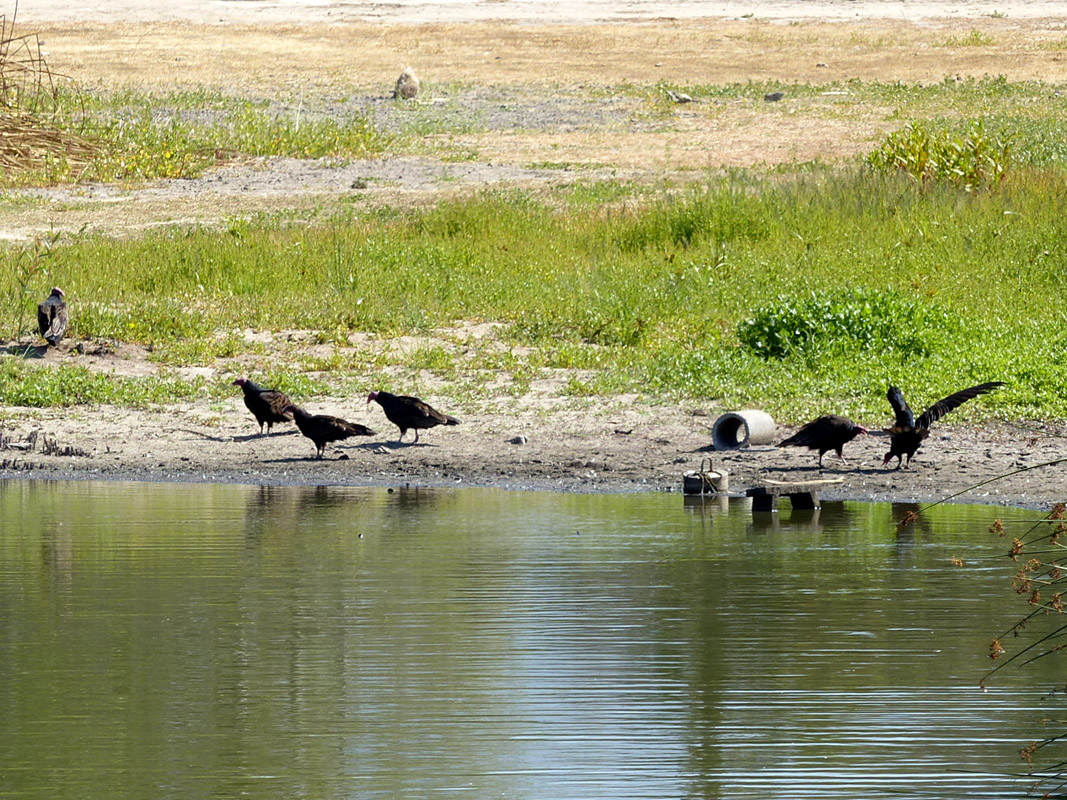
Sep 5, 2015

Jul 20, 2014
Additional Information and References:
Santa Barbara Independent: The Stinky Bird Refuge Mystery
1Natural Environmental Systems: Algae Control 101
(As of March 2024 this link was no longer working. The closest information I
could find currently is:
https://www.ab-aquatics.com/blog/algae-control-101-a-beginners-guide-to-maintaining-a-beautiful-and-healthy-water-feature)
2The
Distribution of Duckweed in a Small Southern California Lake: An Experimental
Approach (1970)
C. L. McLay, Department of Biological Science - University of California, Santa
Barbara, CA 93106 (large .pdf file - 11,179 kb)